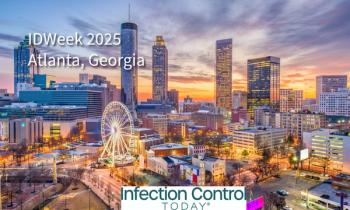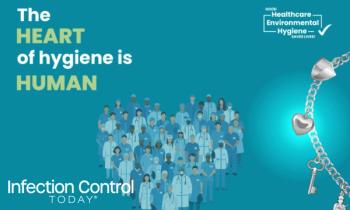
Meeting People Where They Shop: Why Using Dollar General Could Close Alabama’s Vaccine Gap
Could Dollar General be Alabama’s next vaccination hub? At IDWeek 2025, John R. Bassler, MS, and colleagues showed that strategically pairing mobile clinics with DG stores could help close stubborn geographic vaccine gaps, especially in counties with higher social deprivation where traditional providers are scarce.
At IDWeek 2025, held in Atlanta, Georgia, from October 19 to 22, a rapid-fire poster from an Alabama team tackled a stubborn problem exposed during the COVID-19 era: Even when vaccines are available, geography and social disadvantage can keep uptake low. In “Epidemic Preparedness and Vaccine Equity: Access for All,” Bassler and colleagues evaluated whether leveraging Dollar General (DG) locations, which are ubiquitous in rural and underserved communities, could help close access gaps.
Why Alabama? The state’s vaccination rate (VR) has lagged nationally, making it a pragmatic testbed. The investigators compiled county-level data on the share of residents completing a primary COVID-19 vaccine series (Alabama Department of Public Health [ADPH] dashboard), mapped all vaccination provider sites (CDC PLACES and ADPH), and geocoded DG locations. They then modeled the association among VR, social context, and a DG-to-provider ratio (the number of DGs relative to vaccine provider sites).
Across 67 counties, the median VR was 44.1% (interquartile range (IQR) 41.5%–48.3%). Social deprivation tracked predictably with lower coverage: less formal education (P=.002) and higher unemployment (P=.005) were inversely associated with VR. The DG-to-provider ratio showed a near-significant negative relationship with VR (P=.058), suggesting that areas with more DGs per provider tended to have lower vaccination rates—a proxy for areas with sparse traditional health infrastructure. Notably, among the 5 best-performing counties (VR >55%), 4 had a DG-to-provider ratio <1.0, implying relatively denser provider presence.
What does that mean for preparedness? The authors argue that DG stores offer a scalable, community-embedded platform to extend vaccine reach. Their distribution footprint, familiar branding, and proximity to households make them logical sites for colocated mobile clinics, pop-up events, or standing vaccine hours, especially when paired with local partners already shown to boost confidence and convenience (eg, Black-owned barbershops and salons). In short, meeting people where they are may be a powerful complement to traditional clinic and pharmacy models.
For health departments and health systems, the message is operational: Map your provider deserts, overlay social deprivation, and deploy mobile vaccine assets to high-ratio DG corridors. Pair service delivery with culturally competent outreach and clear wayfinding (signage, text reminders), and track uptake to iterate quickly. The approach is transportable to influenza, RSV, and future outbreak vaccines, advancing equity while strengthening routine immunization.
The Alabama analysis does not claim DG is a silver bullet; rather, it identifies a practical lever in places with limited provider density. As the poster concludes, strategically activating DG locations alongside existing partners offers a low-barrier, high-visibility path to geographically equitable coverage—a cornerstone of epidemic preparedness.
Authors: John R. Bassler, MS (University of Alabama at Birmingham); David T. Redden, PhD (Edward Via College of Osteopathic Medicine); Scott Harris, MD, MPH, FACP, FIDSA (Alabama Department of Public Health); Paul C. Erwin, MD, DrPH (University of Alabama at Birmingham); Casey L. Daniel, PhD, MPH (University of South Alabama)
Newsletter
Stay prepared and protected with Infection Control Today's newsletter, delivering essential updates, best practices, and expert insights for infection preventionists.



